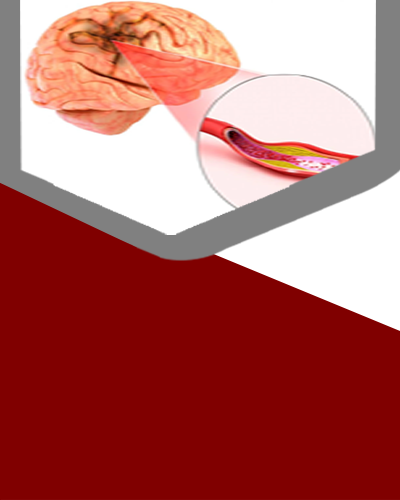ANEURYSM
An aneurysm is a localized, abnormal bulging or dilation of a blood vessel wall, typically caused by weakness or damage to the vessel wall. Aneurysms can occur in various arteries throughout the body, including the aorta (the largest artery that carries blood from the heart), cerebral arteries in the brain, and peripheral arteries in other parts of the body. Aneurysms can pose serious health risks, particularly if they rupture or cause other complications. Here's a more detailed overview:
Types of Aneurysms:
- Aortic Aneurysm: This type of aneurysm occurs in the aorta, the main artery that carries oxygenated blood from the heart to the rest of the body. Aortic aneurysms can occur in the chest (thoracic aortic aneurysm) or the abdomen (abdominal aortic aneurysm).
- Cerebral Aneurysm: Also known as a brain aneurysm, this is a bulging or ballooning in a blood vessel in the brain. If a cerebral aneurysm ruptures, it can cause a potentially life-threatening condition called subarachnoid hemorrhage.
- Peripheral Aneurysm: Aneurysms that develop in blood vessels outside the heart and brain, such as those in the legs (popliteal aneurysm), arms, or other peripheral areas.
Causes:
Aneurysms can develop due to a combination of factors, including:
- Atherosclerosis: Buildup of fatty deposits (plaques) in the arteries can weaken vessel walls and contribute to aneurysm formation.
- Genetic Factors: Certain genetic conditions and family history may increase the risk of aneurysms.
- Infections or Inflammation: Infections or inflammation of blood vessel walls can weaken them.
- Trauma: Injury to blood vessels can lead to the development of an aneurysm.
- Congenital Defects: Some aneurysms are present at birth due to developmental abnormalities.
Symptoms:
Aneurysms can often be asymptomatic, especially when they are small. However, larger aneurysms or those that are growing can lead to symptoms such as:
- Pain: Dull, constant pain or discomfort, often localized to the area of the aneurysm.
- Pulsating Sensation: A feeling of a pulsating or throbbing in the affected area.
- Compression Symptoms: Larger aneurysms can compress nearby structures, causing symptoms such as difficulty swallowing (if in the chest) or changes in bowel habits (if in the abdomen).
- Neurological Symptoms: Cerebral aneurysms can cause severe headaches, visual disturbances, and neurological deficits.
Treatment:
The treatment of an aneurysm depends on its size, location, and risk of rupture. Options may include:
- Monitoring: Small aneurysms with a low risk of rupture may be regularly monitored.
- Surgery: Surgical repair or removal of the aneurysm may be necessary to prevent rupture.
- Endovascular Procedures: Minimally invasive techniques, such as placing a stent or coil to reinforce the blood vessel walls, can be used to treat certain aneurysms.
Prompt diagnosis and appropriate management are crucial to prevent complications like rupture. If you suspect you have an aneurysm or have been diagnosed with one, it's important to follow the guidance of your doctor.

